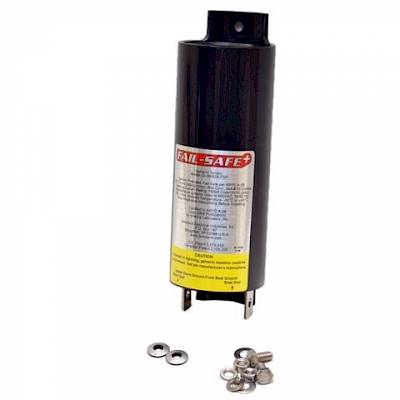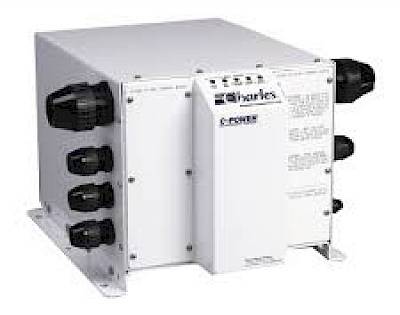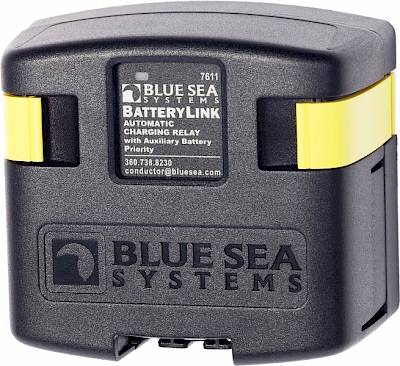
What is the difference between a Galvanic Isolator and an Isolation Transformer?
If you have shore power on your boat and use it at the marina to charge your batteries, then this article is for you. To protect against the damaging effects of galvanic corrosion between your boat, your neighbour’s boat and the marina, you require some method of “isolating” your boat. Of your two choices, Galvanic Isolators are inexpensive and simple to install but could fail thus requiring regular checking. Isolation Transformers are far more expensive and very heavy but almost never fail. Let’s take a look at both.
The most common method is to install a Galvanic Isolator to the shore power safety ground. This will block all low voltage DC currents from flowing in the shore power safety ground wire. The basics of the galvanic isolator are simply four diodes and a capacitor. The device will block up to 1.2 VDC potential between shore power ground and sea ground. It used to be that these units would have to be tested manually so you could never be certain that they were working. ABYC recently introduced a new standard stating that Galvanic Isolators include a monitor, unfortunately this has increased the price.
Isolation Transformers block all DC voltage differences. On top of that, they provide added protection for your onboard electrical and electronic systems.
The pros and cons?
Galvanic Isolators only protect up to 1.2 VDC and there are possibilities it could be higher which will allow corrosion to take place even though you have a galvanic isolator properly installed. They don't always survive breaker trips and active monitors are required to meet ABYC standard. As a pro, it weighs less and costs less.
Isolation Transformers block all DC voltage differences between shore power and sea ground for corrosion purposes, allows tripping of all breakers without damaging transformer, and protects from AC stray currents for corrosion purposes.
Related Content






 $379.00
$379.00 $277.02
$277.02




















